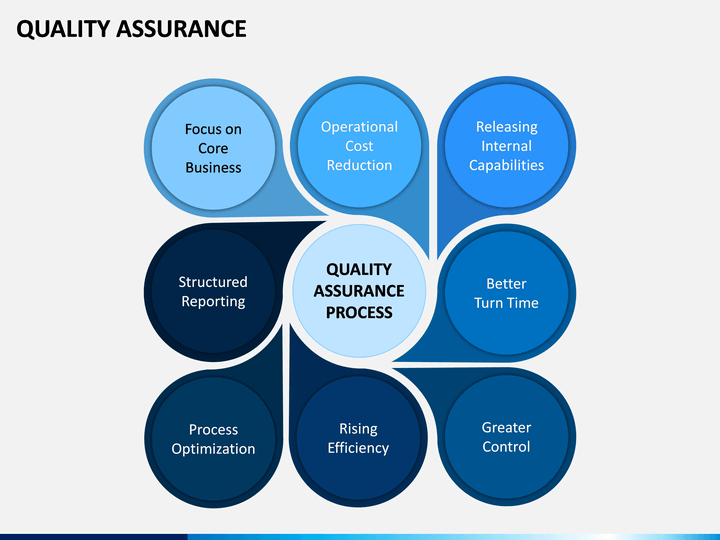Call Center Quality Monitoring Scorecard?
Pro Tips – How to Create an Accurate and Useful Call Center Quality Monitoring Scorecard?
Call quality monitoring is an important and integral part of a call center workflow. How to make it more efficient and accurate, using evaluation forms? What should you keep in mind when creating every call center agent scorecard template? We’ve tried to outline these and other aspects below.
Why Do You Need Call Quality Monitoring
First of all, let’s try to find out why you need call quality monitoring. It allows you to achieve several business goals:
- To define agents that may need assistance. It’s especially important now when most of the call centers have switched to remote mode. When working in the office, your manager can notice who needs help when they have just made a mistake and then tap into the line to support them. In WFH mode, it is much harder to do so call quality monitoring definitely makes sense. Your managers or supervisors can select recorded calls and assess them using pre-defined criteria. The monitoring allows them to define the agent’s most common mistakes and tell this employee what they need to improve.
- To find the best call examples. Experts recommend using call quality monitoring to select “golden calls” that may be used for training purposes.
- To test call scripts. Is your outbound call script good for selling this particular product or service? Do you need to add or remove some questions from the script for customer service? Do these objections handling methods work well with these goods or services? Call quality monitoring may answer these questions.
What Is a Call Quality Monitoring Form?
Call quality monitoring form or call assessment form is a tool that quality assurance analysts use to assess the agents’ adherence to the service standards. It helps them to evaluate how employees handle conversations with customers based on predefined criteria.
What Criteria Should You Include?
The choice of criteria may depend on a particular department (sales, customer support, etc). That’s why we will outline those that are the common for different areas:
Greeting
- The agent followed the greeting script.
- The agent adapted their greeting for the transferred call.
- The agent introduced themselves to the customer.
- The agent mentioned the company name.
- The agent warned the customer that the call is being recorded.
- The agent asked for the caller’s name at the start of the conversation.
- The agent thanked the customer for calling.
- The agent offered help to the caller.
Account Verification
- Did the agent verify the customer’s account by asking appropriate questions (first and last name of the customer, account number, transaction number, etc)?
- Did the agent access the caller’s account accurately with the information provided?
- Did the agent adapt the verification questions to the transferred call?
Contact Information Confirmation
The agent asked the customer to tell their contact information in accordance with the procedure (the customer’s name, company name, telephone number, email address, etc)
Problem Solving Abilities
- Apologizing for the inconvenience and other issues, associated with the problem
- Taking ownership of the problem (instead of saying or implying that it’s a customer’s fault at once)
- Asking relevant questions that help to define the problem
- Informing the customer about when their issue will be resolved approximately
- Providing the customer with the most appropriate solution
- Confirming that the problem was solved or the transaction was completed
Adherence to Protocol
Check if the agent carries out all the protocol requirements, for example:
- Providing the customer with accurate information about the agent’s location if the customer asked about that
- Updating the customer’s contact information in CRM and other business tools
- Entering all the important information in the notes of the call
- Using opportunities to upsell and cross-sell
- Informing the colleagues of some new bug, issue, or product defect detected and so on.
Call Handling Skills
Check if your agent sticks to procedures when they need to:
- Put the customer on hold
- Transfer a call to more experienced colleagues
- Conference a colleague in
- Escalate a call to their supervisor.
Customer Service Quality
- Using the customer’s name during the call
- Summarizing the main points of the caller’s issue before offering a solution
- Placing the caller on hold only after their permission has been given
- Transferring the call when necessary
- Answering the customer’s question correctly
Call Center Etiquette
- Proper pronouncing of the caller’s name
- Friendly and polite tone of voice
- Avoidance of using professional jargon
- Active listening skills
Script Compliance
- Adherence to call script
- Ability to adapt the call script and deviate from it when necessary
Closure
- Adherence to call closure script and guidelines (the agent agreed upon follow-up, asked customer if they need some extra assistance, etc)
Follow-up
- Contacting the customer within the agreed timeframe
- Adherence to follow-up procedures (introducing themselves, informing the customer about the reason for the call, addressing their questions, etc).
Author

